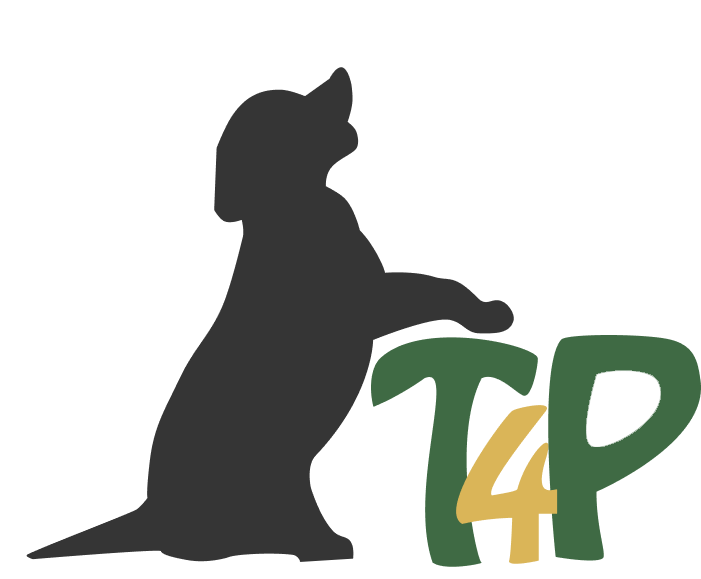Stroking the Lead
Two countries - one problem - two approaches
Setting your dog boundaries -but doing it nicely! Part 1 (Scotland)
Here is part 2: Harness Pressure
You’re hanging on the other end of the lead while your dog is pulling forward with all his weight because he sees another dog? You would like to walk away, but the moment you tug your dog away on the leash or grab his collar: boom! Your dog literally explodes and is now hanging in the leash, screaming.
The Opposition Reflex
This happens because of the opposition reflex.It is not a reflex in the medical sense, but more a symbol of the body’s efforts to stay in balance .Imagine, someone pulls your sleeve without a warning. Reflexively, you will pull your arm away in the other direction. This involuntary reaction also happens with your dog. If you tug your screaming dog with you in the other direction, he will associate all the negative feelings, the frustration, the anger, the unpleasant pull on his neck with the other dog. Therefore, in the future, it is even more likely that he will freak out at the sight of another dog.
How can you outsmart the opposition reflex? Use a positive interrupter.
Stroking the Lead
Claire Staines from Lothlorien Dog Services in Scotland uses a technique known as Stroking the Lead.
When stroking the lead, you’re sliding your hands from the dog up towards you, applying light pressure. First with one hand, then with the other. Keep stroking the lead until your dog releases the pressure and turns towards you. This is the moment you mark and reward.
When stroking the lead, make sure that you do not pull your dog towards you. The goal is that he turns away from the distractor and reorientates towards you by himself.
In this video, I use the lead stroke at Nanook, who has just seen one of the countless squirrels here in Scotland:
Ask for an Alternative Behaviour
When your dog is turning towards you, immediatelyask him for an alternative behaviour that he likes and which is incompatible with pulling (e.g. sit or paw). Also, tricks that are in fact calming signals have a calming effect on both your and the other dog (e.g. sniffing the ground, performing a play bow, etc.).
Is it Magic? What happens when you stroke the lead? When Claire introduced this technique to me, my first reaction was: This is never going to work! But amazingly, it does!
What happens when you stroke the lead? The method comes from the Tellington TTouch Training, which has been developed by the Canadian animal trainer Linda Tellington-Jones. TTouch trains the body awareness of the dog and thus builds self-confidence and self-control.
It takes two to pull: One who pulls and one who pulls back. If either of them refuses to engage in this game, the other one can not pull anymore and is pulled out of balance.By stroking the lead, the tension is taken off the lead, pulling is no longer possible and the opposition reflex is overcome. You win a short window of time in which your dog is able to think clearly. Use this moment to query a positively reinforced alternative behaviour.
When to use it?
Use the lead stroke whenever your dog tugs the leash and / or is distracted: e.g. when he is supposed to walk on a loose leash, but the temptation becomes too irresistable to pull you to an interesting place; when he wants to pull you to another dog or a human; but also in situations where your dog freezes in fear and is not able to go on.
In part two I’m going to show you the Harness Pressure, another positive interrupter.
